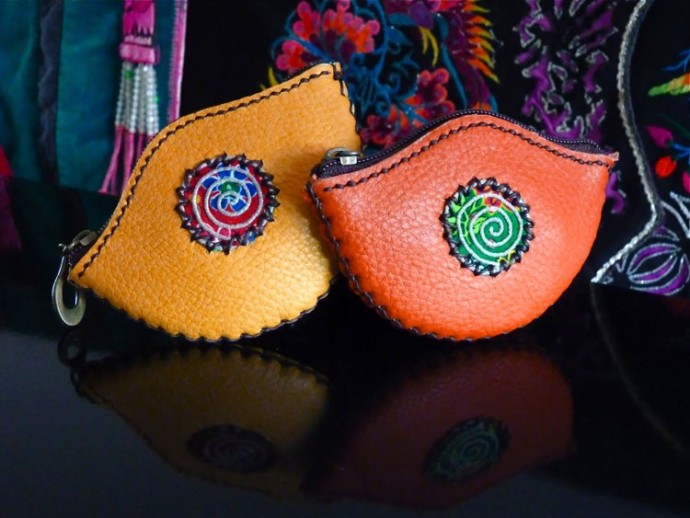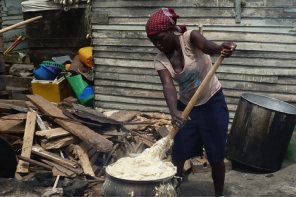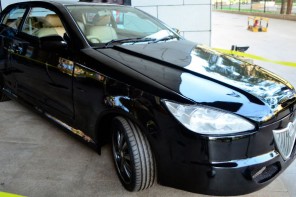By announcing its desire to work with Ethiopian leather providers in 2013, H&M placed Queen of Sheba’s country under the spotlight. Instantaneously, contenders started arriving from the entire world, in search of the most competitive production prices, and the famous low cost manpower. Bye bye China and Bangladesh, hello Addis Ababa!
Numerous brands are now rushing towards Ethiopian leather. The most famous examples are Diesel, Calvin Klein, Delta Plus, Wrangler and Tommy Hilfiger. They dash towards employees that ask for salaries ten times cheaper than their Asian counterparts. They turn away from the potential scandals of Bangladeshi factories’ working conditions that could tarnish their image. In addition, with the undeniable growth of African countries, it is economically intelligent to have a footprint there. Indeed, according to OECD estimations, African economic growth should reach 5% by 2016. Today, you can effortlessly find Made in Ethiopia labels on big brands around the world.
Transformation equals raw materials!
Investors from Turkey, Saudi Arabia, China, England as well as Ethiopia itself have targeted the country to set up their textile and leather factories. In less than a decade, the country has given birth to more than a hundred factories. Another advantage is the fact that the Ethiopian livestock is one of the biggest in Africa. According to the UN, the country had a count of 72 million heads in 2014. The Ethiopian government also offers exportation fiscal advantages. What more can you ask for?
The other side of the dream…
Even if Ethiopia is aspiring to become a leader in the leather industry, the road is still long before it can outshine a country like Bangladesh. In 2013, Ethiopia had 120 textile companies, responsible for 100 million dollars of exports. While Bangladesh had 5000 companies that exported more than 20 billion dollars[1]. Foreign investors denounce the lack of productivity and the absenteeism of Ethiopian workers, as well as the long delivery periods due to bad road quality. The World Bank applauds the choice of textile as an economic driving force, but it deplores the enormous bureaucratic barriers that the country faces.
With its 97 million inhabitants and its 45 hectares of agricultural resources, Ethiopia, has many assets that will doubtlessly transform it into a place to conquer in the future.
[1] Source : leséchos.fr





